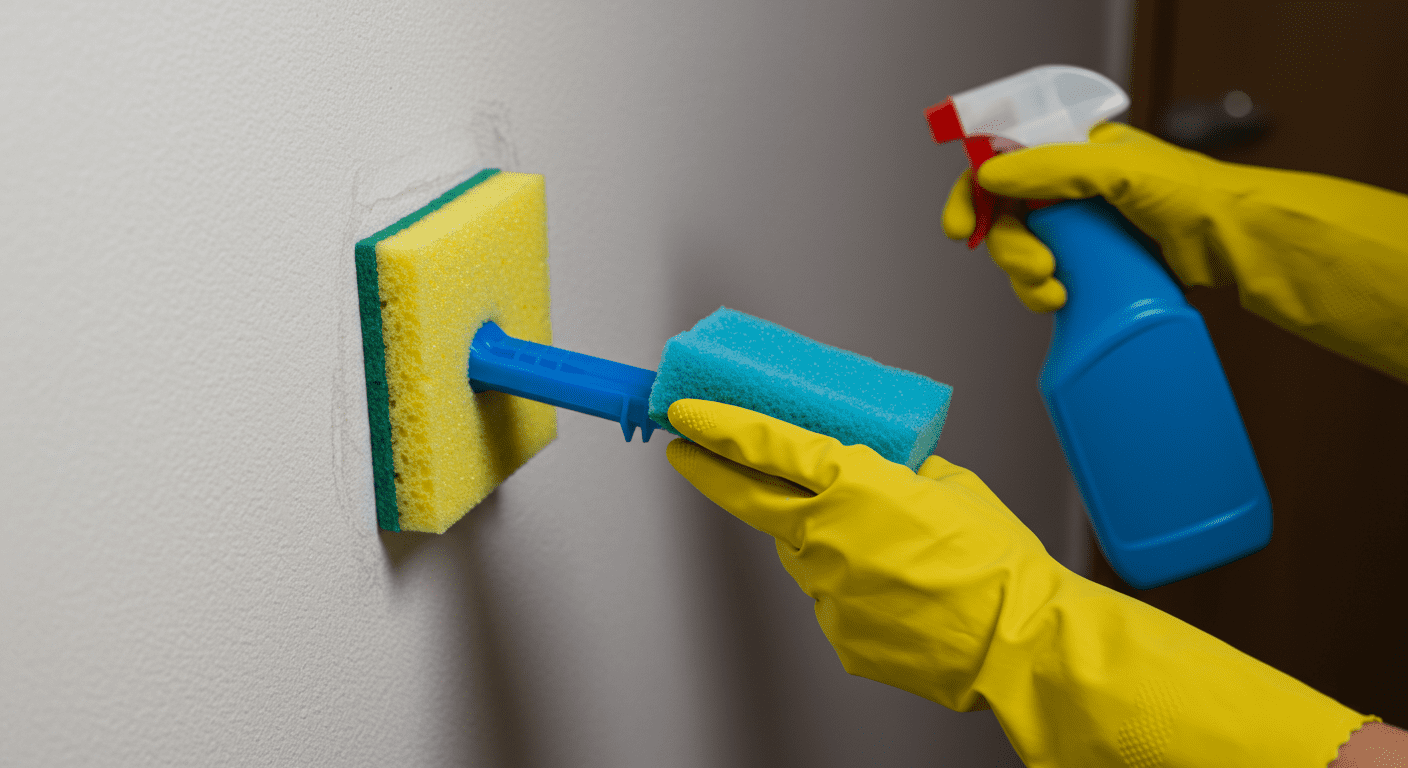Mold is a common household issue that can pose serious health risks and damage your property if left unchecked. Whether you’ve just discovered mold in your home or want to prevent it from occurring, understanding the steps to address and prevent mold is crucial. This comprehensive guide will walk you through everything you need to know about mold, including how to identify it, clean it up, and prevent it from returning.
Understanding Mold: What You Need to Know
Health Risks Associated with Mold Exposure
Mold exposure can lead to a variety of health problems, especially for individuals with allergies, asthma, or weakened immune systems. Common symptoms include respiratory issues, skin irritation, and eye discomfort. Prolonged exposure to mold can exacerbate these symptoms and lead to more severe health complications. Understanding the risks associated with mold is the first step in addressing the problem effectively.
Common Signs of Mold in Your Home
Mold can be sneaky, often hiding in places you might not immediately notice. Common signs include musty odors, visible patches of mold on walls or ceilings, and water stains. You might also notice peeling paint or wallpaper, which can indicate moisture problems that lead to mold growth. Identifying these signs early can help you tackle the issue before it becomes a bigger problem.
Immediate Steps to Take When You Find Mold
Assessing the Size of the Mold Problem
The first step in addressing mold is to assess the extent of the problem. Small patches of mold (less than 10 square feet) can often be handled with DIY methods. However, larger infestations or mold that has penetrated deep into walls and ceilings may require professional intervention. Assessing the size and scope of the mold issue will help you determine the best course of action.
DIY Cleanup for Small Mold Issues
For small mold problems, you can often handle the cleanup yourself. Start by wearing protective gear, such as gloves and a mask, to avoid exposure. Use a mixture of water and detergent to scrub the mold off surfaces, and ensure the area is thoroughly dried afterward. Avoid using bleach on porous materials, as it may not effectively kill the mold. Proper ventilation during and after cleanup is essential to prevent mold spores from spreading.
Professional Mold Remediation: When to Call an Expert
Identifying When to Seek Professional Help
If the mold problem is extensive or located in hard-to-reach areas, it’s time to call in the experts. Mold that has spread over large areas, penetrated structural components, or resulted from water damage often requires professional remediation. Experts have the tools and expertise to safely and effectively remove mold and prevent it from returning.
What to Expect from a Mold Remediation Service
Professional mold remediation services typically begin with an inspection to assess the extent of the problem. The remediation process may involve sealing off affected areas, removing contaminated materials, and treating surfaces with specialized solutions. Professionals also address the underlying cause of mold growth, such as leaks or poor ventilation, to ensure the problem doesn’t recur. Hiring a reputable service ensures thorough and lasting results.
Preventing Future Mold Growth in Your Home
Moisture Control: Key Strategies
Controlling moisture is the most effective way to prevent mold growth. Fix leaks promptly, ensure proper drainage around your home, and use dehumidifiers in damp areas. Regularly inspect areas prone to moisture, such as basements, bathrooms, and kitchens. Keeping your home dry is the key to preventing mold from taking hold.
Maintaining Good Airflow and Ventilation
Proper ventilation is essential for preventing mold growth. Use exhaust fans in bathrooms and kitchens, and open windows to improve airflow. Arrange furniture to allow air to circulate freely, and avoid overstuffing closets or storage spaces. Good ventilation not only prevents mold but also creates a healthier living environment.

Additional Resources
If you’re dealing with mold in your home, you may find these resources helpful:
- Comprehensive Guide to Managing Mold in Your San Antonio Home: Prevention, Remediation, and Tenant Rights
- Effective Black Mold Remedy: Comprehensive Guide to Identification, Treatment, and Prevention
- Ultimate Guide: How to Get Rid of Mold in Your House Effectively
Addressing mold in your home doesn’t have to be overwhelming. By understanding the risks, taking immediate action, and implementing preventive measures, you can protect your home and health from the dangers of mold. Whether you tackle the issue yourself or call in professionals, the key is to act quickly and decisively.




